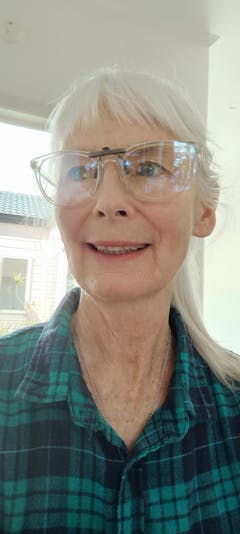KIWI OWNED & OPERATED
FREE NZ SHIPPING OVER $150
25,000+ HAPPY CUSTOMERS
EASY RETURNS
Harness The Powerful Properties Of Shungite
Shungite is a black, lustrous mineral that is primarily composed of carbon. It is found in certain regions of Russia, notably in the Karelia area. Shungite has gained popularity for its purported ability to purify and energise water.
Water Purification
Protection

Grounding

Provides a sense of calm

Discover the powerful benefits of our Shungite range, all sourced from certified authentic Shungite suppliers.
Shungite, a unique carbon-rich mineral, has a history of use spanning centuries. It is revered for its health-supporting properties, including promoting gut health. From ancient Russian folklore to modern holistic practices, Shungite has been celebrated for its ability to purify water and promote overall well-being.
More Recently, Shungite has gained profound recognition for its potential in EMF protection. In our daily lives, surrounded by devices emitting electromagnetic frequencies, it is crucial to consider the long-term health implications for ourselves and our children.
Studies led by the pioneering researcher Regina Martino have demonstrated that Shungite can act as an effective EMF shield. Having Shungite in your presence has been shown to protect your body's energy field from the harmful effects of these EMF frequencies.Integrating Shungite into your daily life is an essential step towards creating a healthier environment. Whether placed in your home, office, or on your person, Shungite crystals offer a natural way to enhance your well-being and provide vital EMF protection.
For parents, Shungite offers peace of mind, knowing that your children are safeguarded as they grow up in a tech-heavy world.Moreover, as we continuously evolve in an increasingly digital landscape, the necessity for EMF protection becomes ever more important.
By incorporating Shungite into your family's daily routine, you are investing in a holistic approach to health that respects and harmonizes with our modern lifestyle.Rediscover the age-old wisdom and cutting-edge research supporting Shungite. Make this powerful mineral a part of your life and experience a sense of well-being that is both timeless and timely.





